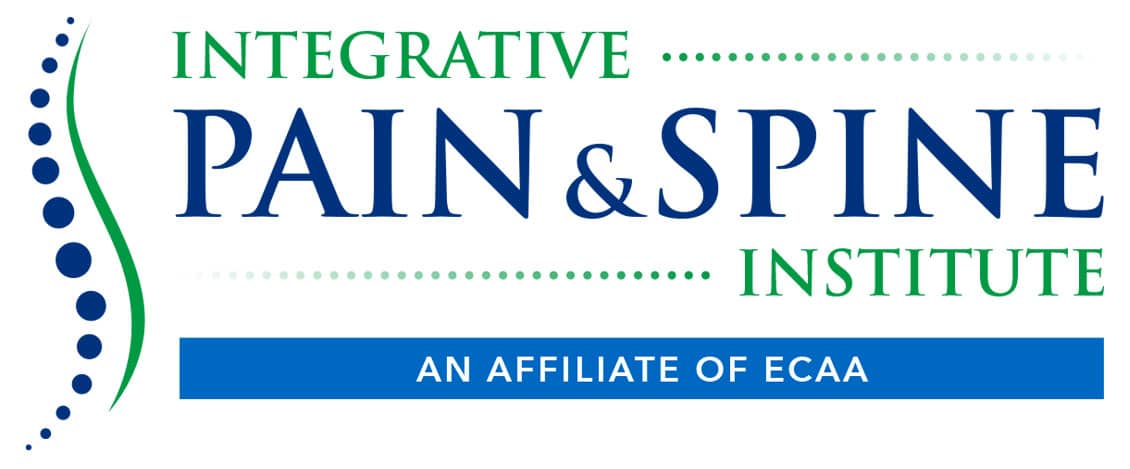After the age of 40, men and women are at risk for developing a compression fracture. However, women are about three times more likely than men to suffer this painful and debilitating condition.
Here at Integrative Pain & Spine Institute, we specialize in minimally invasive procedures like kyphoplasty and vertebroplasty, which restore fractured vertebrae, stabilize your spine, and relieve the pain.
If you develop back pain, call our office in the Arboretum for an evaluation. In the meantime, here’s everything you need to know about compression fractures.
Compression fractures affect your spine:
A compression fracture is a unique type of fracture that occurs when a bone collapses because it’s too weak to support the weight it typically carries. Compression fractures most often affect your spine.
Vertebral compression fractures may develop during a traumatic injury such as an automobile accident or a fall. A tumor can also weaken a vertebra enough to make it collapse. However, the most common cause of a compression fracture is osteoporosis.
The bones in your body stay strong through remodeling, a process that naturally occurs throughout your adult life. During remodeling, old or damaged bone is eliminated, then it’s replaced with new bone.
As you get older, remodeling slows down. Eventually, the loss of old bone outpaces the rate at which new bone is produced. That’s when bone density drops and you develop osteoporosis. Osteoporosis significantly increases your risk for all types of fractures, but it most often leads to vertebral compression fractures.
Signs you have a compression fracture:
Vertebral compression fractures cause back pain. In most cases, the pain gradually worsens, but if the bone collapses quickly, you’ll have sudden pain. In both cases, the pain can be severe and limit your ability to move.
If the compression fracture also pinches a nerve, you may experience tingling, numbness, or muscle weakness in your arms or legs, depending on the location of the affected nerve.
You may also notice that your spine looks rounded. It’s common for a vertebra to collapse in the front, while the back side of the bone stays intact. When several adjoining vertebrae suffer compression fractures, your spine takes on a rounded shape. This condition, called kyphosis, creates a hunchback appearance when it occurs in your mid-back.
Treatment for compression fractures:
Traditional treatment for a compression fracture typically begins by addressing the underlying osteoporosis and implementing nonsurgical options. Although treating osteoporosis is essential, the problem with conservative therapies is that they don’t treat the compression fracture and often fail to relieve your pain.
We specialize in two minimally invasive procedures that repair the affected vertebrae and do an exceptional job of alleviating pain: kyphoplasty and vertebroplasty.
Vertebroplasty
When we perform vertebroplasty, we insert a thin needle into the targeted vertebra, using X-ray imaging to guide the needle’s placement. Once the needle is in place, we inject medical-grade bone cement into the collapsed vertebra. The cement hardens within minutes, which strengthens the fractured bone and stabilizes your spine.
Kyphoplasty
Kyphoplasty is similar to vertebroplasty, but with one significant difference: Kyphoplasty restores the bone’s height. We begin this procedure by inserting a balloon into the vertebra and inflating the balloon to re-establish the vertebra’s normal height.
After the balloon is deflated and removed, we inject enough bone cement to fill the expanded space, restructuring the bone, while also providing strength and stabilization.
Both procedures relieve your pain and improve spinal function. Kyphoplasty has the added benefit of straightening your spine when a curvature is present due to multiple compression fractures.
Timely treatment for compression fractures is essential
Vertebroplasty and kyphoplasty are highly effective, but they can’t be performed if you wait too long and the fractured vertebrae have enough time to harden. If you don’t qualify for a minimally invasive procedure, we offer many interventional therapies that alleviate the pain of a compression fracture, such as:
- Epidural injections
- Nerve blocks
- Root blocks
- Radiofrequency ablation
- Spinal cord stimulation
- Intrathecal drug delivery systems
If you develop back pain, schedule an appointment at Integrative Pain & Spine Institute as soon as possible to get a complete evaluation and determine your next steps in getting back to an active life!
